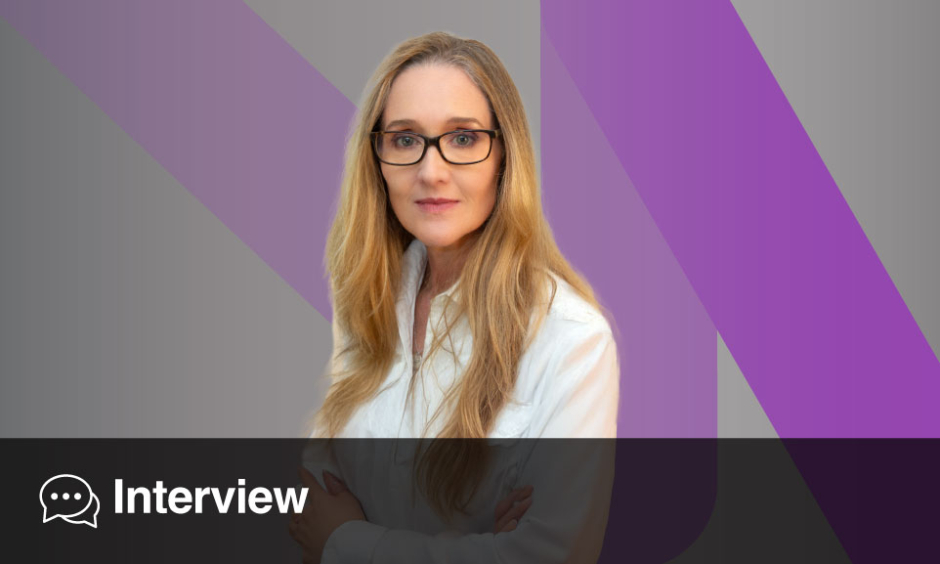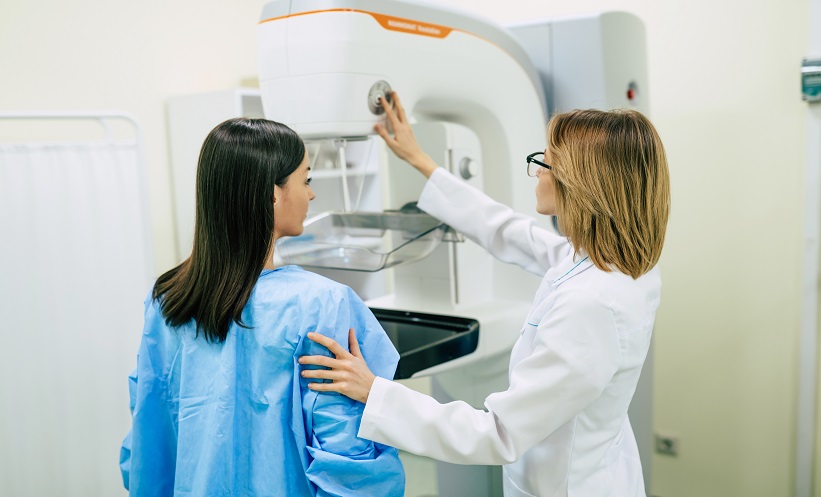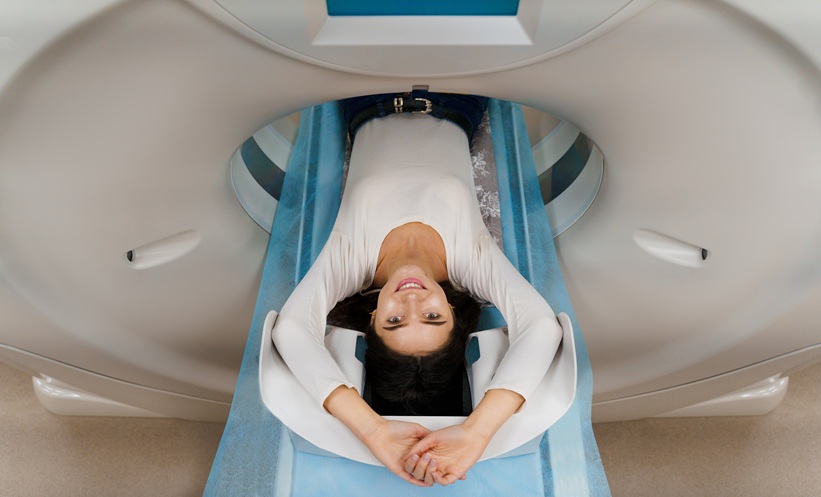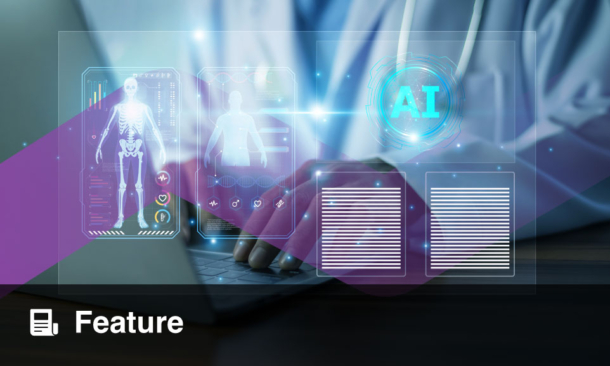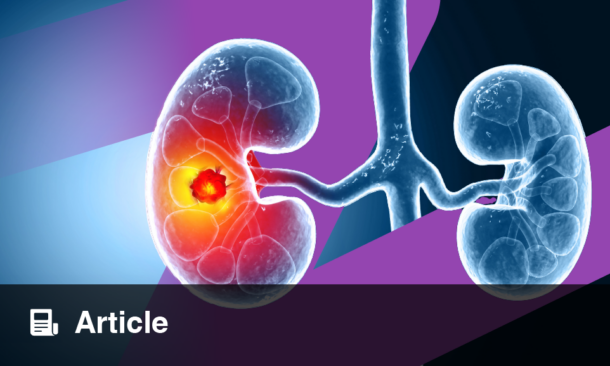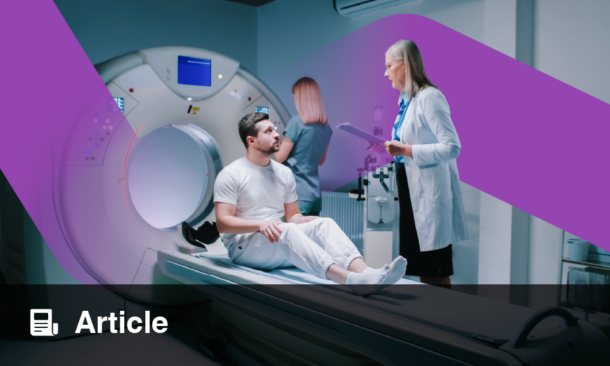Andrea Rockall | Clinical Chair in Radiology, Imperial College London, UK; European Society of Radiology (ESR) President 2025; Chair of the ESR Board of Directors
Citation: EMJ Radiol. 2025;6[1]:38-40. https://doi.org/10.33590/emjradiol/RDQA4886
![]()
Since our interview last year, you have stepped into the role of President of the European Society of Radiology (ESR); what have you done differently this year with regards to the society and congress?
With the European Congress of Radiology (ECR) being Planet Radiology, I wanted to make sure that I had a focus on building up the sustainability subcommittee and their actions during the year, as well as in the Congress itself. The Congress In Focus theme was ‘images fixing the world’, which was all about radiologists finding ways to improve access to care for patients or people that are at the periphery, who don’t necessarily have easy access to care, as well as a sustainability agenda. So, with the sustainability subcommittee, we took a few actions over the past year whilst I was President. Now, I am actually Chair of the ESR Board of Directors, since we change over at the end of the Congress, but during my year as President we developed a green imaging department certification scheme, and we developed a European School of Radiology (ESOR) sustainability teaching course as well.
What are the goals of the ESR Green Imaging Scheme, and how do you hope to achieve these?
Together with the subcommittee members, we developed a whole list of items that radiology departments could be doing to bear down on their energy use and waste. We then developed it into a scheme in which people can be awarded points depending on what actions they’re doing within their department. The idea is that you can start off with, say, the bronze level, and then move up to the silver level, and then get to the gold level. We haven’t quite decided what the levels will be as such, but we piloted the scheme in January and February 2025 and that will be reviewed. We’ll hopefully launch the scheme in early summer this year. So, that was one big thing that we did over the past year.
Can you explain briefly for our readers what the ESOR sustainability course will consist of and how you hope it will affect radiology practices?
The course will be free. People have to register onto the ESR Connect platform in order to join the events, but they will be bite-sized, lunchtime lectures. What we decided to do was to have each session in two parts. One part will be a lecture about the topic, and then the second part is a case study, describing how somebody in a particular department has been able to implement one of these items; for example, making sure that single use plastic waste goes into the right waste stream, which, incredibly, has a big impact on costs in the department, but also on carbon. So, each lunchtime bite-size session will comprise a short lecture and then a case study. We’re looking forward to the launches in April.
You attended and chaired many fascinating sessions and lectures at the ECR this year. What stood out to you and what might have surprised you during them.
All of the plenary lectures were just fantastic. We had Simon Reeve (London, UK), who gave an ‘outside radiology’ perspective called ‘Around the World with Simon Reeve’. He spoke about the importance of how each individual can actually make a difference in communities and not to stop trying to do things, even in the face of quite overwhelming challenges. He was fantastic, we had a lot of great feedback about his lecture. The two key takeaways from his lecture that people mentioned to me was: one, there’s a lot of talent everywhere, but not always opportunity, it is for us to make sure people have opportunities to thrive in their life and work; and the second thing was his saying, “less screen time, more green time”. A lot of people took that away.
The second plenary was Roland Illing (Chief Medical Officer and Director of International Government Health, Amazon Web Services (AWS); University College London, UK), who talked to us about the importance of big data and computer power in radiology and AI, which was really an eye-opener when we’re looking at the amounts of data and data storage that we use in radiology and how that interacts with cloud computing, cloud data storage, and cybersecurity. That was really excellent.
Next was Linda Moy (New York, USA, Editor of Radiology), who spoke on ocean-safe imaging. She discussed the use of contrast media and how that ends up in the watercourse. She mainly focused on gadolinium in this lecture and on the fact that in the water processing plants, there’s no system at the moment for removal of gadolinium within the water processing. Her takeaway sort of message was, “every drop counts”. We need to make sure that the way we’re giving contrast means that we use it properly, that we don’t waste it, because any waste ultimately ends up in the watercourse. She discussed how multi-patient giving sets are now in use and also discussed some developments in different types of gadolinium contrast media that may help us bear down on the amount of gadolinium. She touched on the use of AI to help us reduce the amount of gadolinium we’re using. Overall, we were very fortunate with our plenary lectures this year.
How does the use of AI in healthcare impact the environmental impact of radiology?
It’s a real balancing act, AI and radiology. On the one hand, significant energy is used for the development of AI models, which involve huge amounts of data collection, and therefore, data storage on the servers, with energy and water use, and also a lot of work using graphic processing units to train the models, which can take and can be highly intensive in terms of energy usage. In the past year, there has been growing use of large language models and foundation models, which use even more energy and data. As such, we have had a substantial and increasing energy use, and therefore, a carbon burden on the AI development side. On the other hand, the potential benefit side, we have AI that may help us improve radiation doses to patients, resulting in some lower dose techniques, both on CT and on MRI, which will end up reducing the energy usage and, therefore, carbon usage.
We also have AI assisting in correcting errors and artifacts in MRI, including patient positioning issues. It enhances scan alignment to minimise positioning errors, aids in dose reduction, mitigates artifacts, and ensures that the appropriate protocol is used based on the patient’s indication. One major area where we use automation, though not entirely AI-driven, is decision support software, a type of computerised support system. In radiology, one of the most significant contributors to carbon impact occurs when a patient undergoes an incorrect test and must return for the appropriate one. This results in unnecessary patient travel, additional imaging, increased data storage, and extra use of resources such as contrast media and tubing.
The biggest thing that we really need to be working on at the moment involves implementation and use of good clinical decision support software to be sure that we’re doing the correct imaging for each patient at every stage in their patient pathway. There are also many areas of AI development on the administrative and workflow side that are likely to help reduce waste therefore reduce energy use.
What do you hope are the main takeaways for attendees after ECR this year?
My dream would be for people to realise that they need to incorporate sustainable practices in everything that they do, just as we incorporate radiation protection in everything we do. We always use the ALARA principle, the ‘as low as reasonably achievable’ for using radiation, and we should be using the same principle with our use of resources.
What I’m hoping for with ECR 2025 is that is that, during the course of the event, delegates could find every day opportunities of bearing down on our energy use and our waste, which can be relatively simple things that we can do, beyond the big things that industry is doing. For instance, reducing helium in scanners, reducing the energy of idle time, transportation of the large machinery, changing to green energy, etc. We can’t do that on a daily basis, but I hope that radiologists will go home and say, actually, there’s quite a lot that we can do in our daily practice that will save us quite a bit of money, and save carbon and reduce waste to help the planet, and that they start incorporating these things just into their daily working practice.
I think that’s where we hope the green imaging department scheme will come in, where you can see a whole list of items of things that you can do that are actually achievable. Some steps may be more challenging, but becoming a sustainable department also makes financial sense and can improves public health. Ultimately, I hope we create a shift in how people approach their daily work, embedding sustainability as a natural part of their practice.

